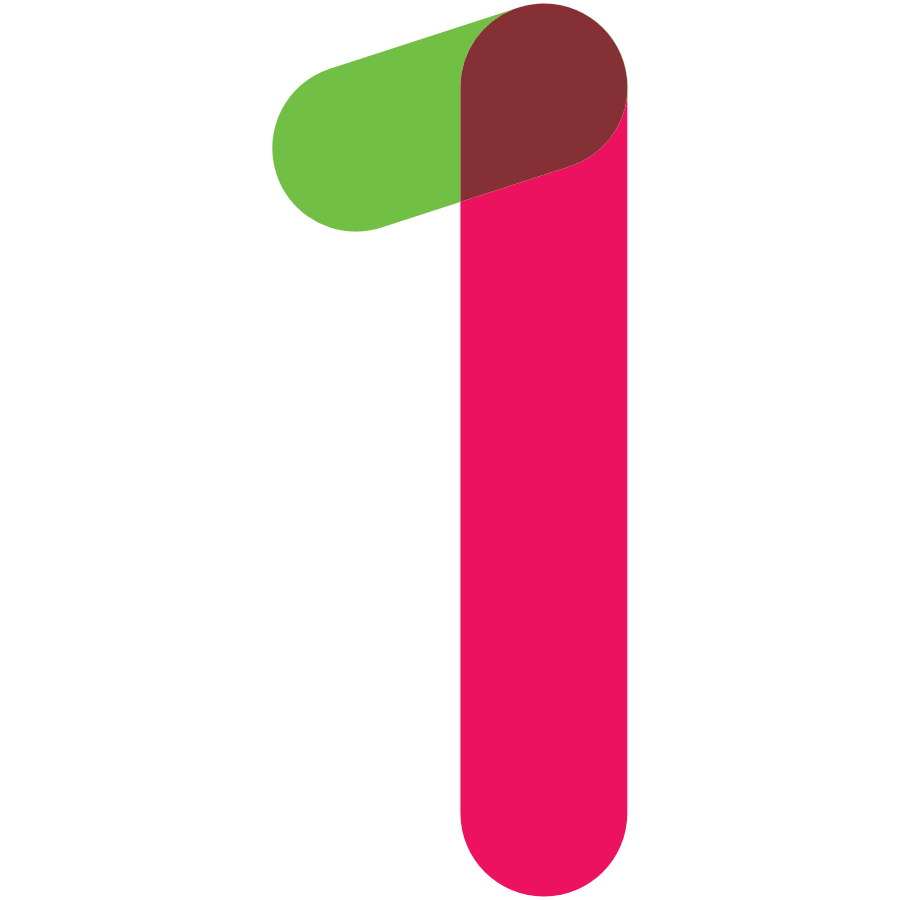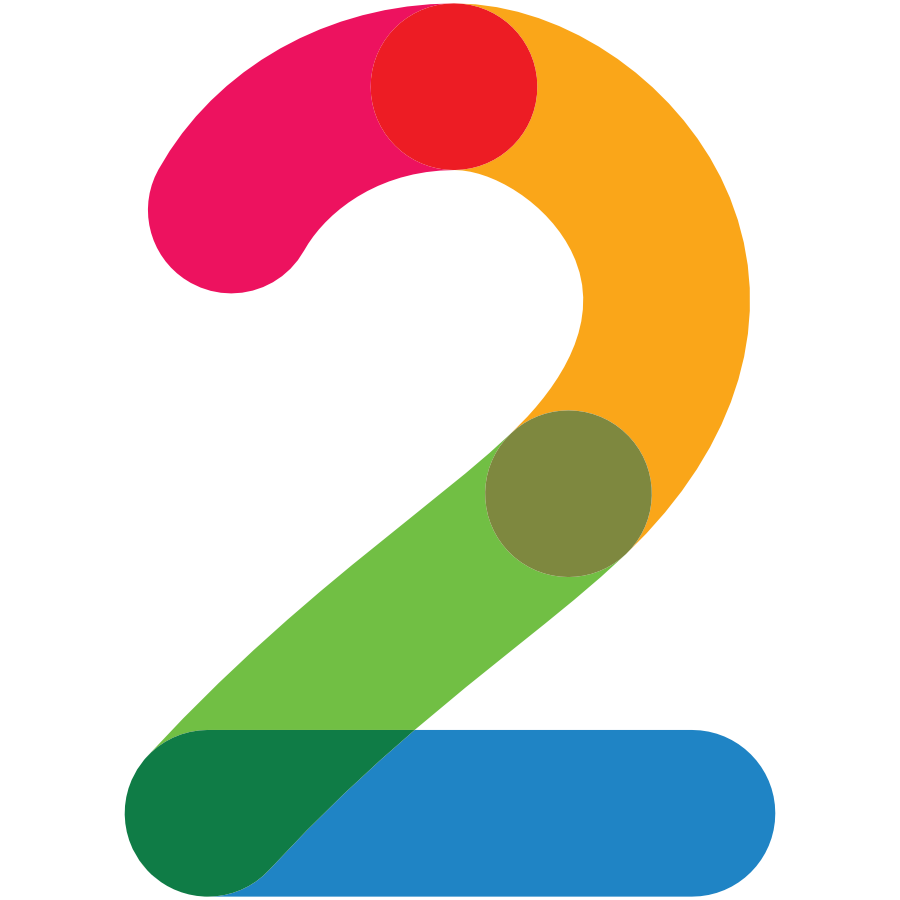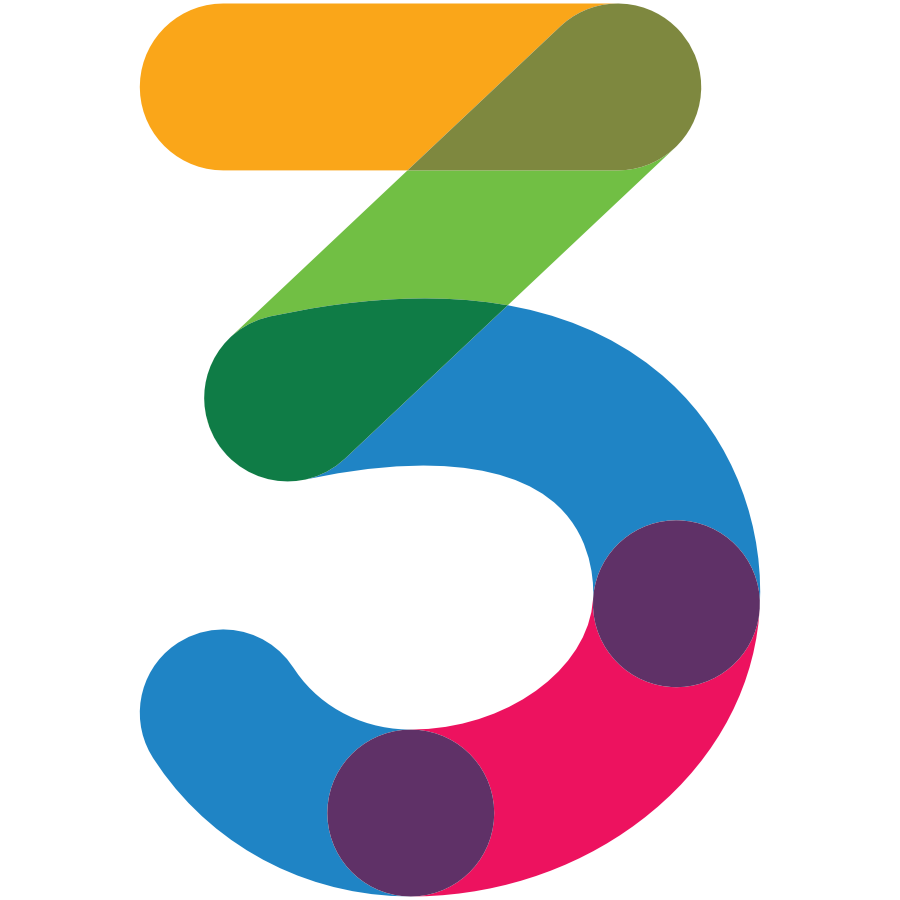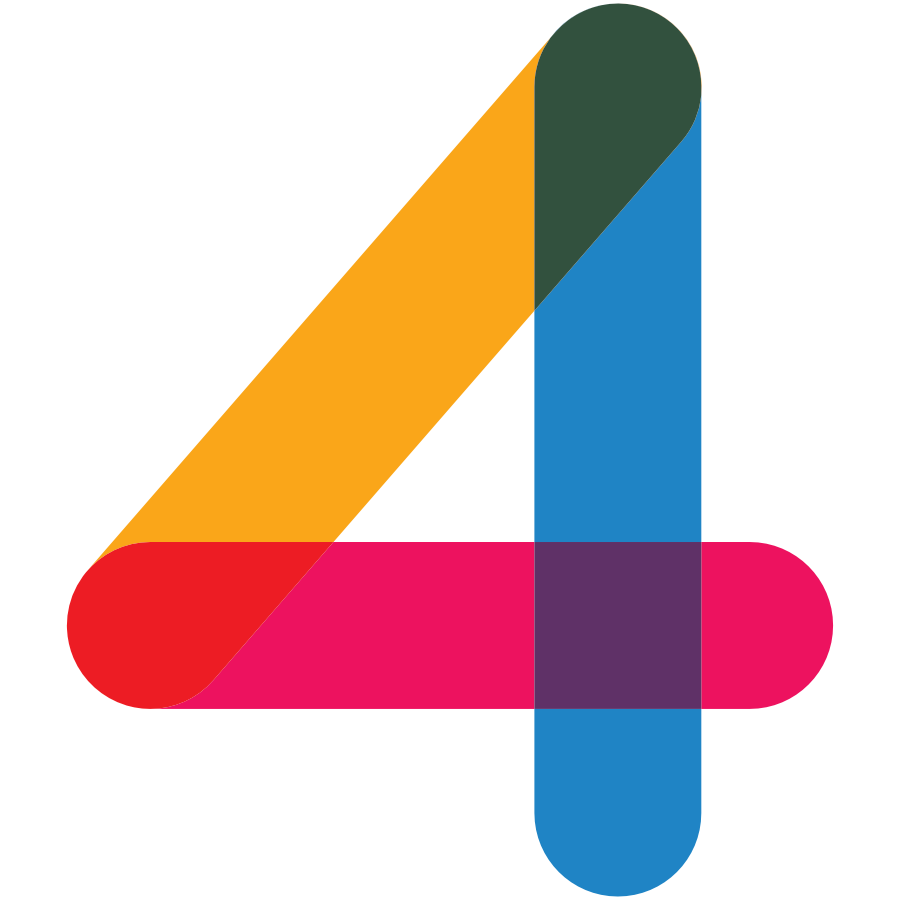04: Physical Environment for DAP
Age Appropriate Activities
Most children’s products come with a recommended age group. It is important to remember that for safety reasons all educators should be familiar with the recommended ages for all toys. Even when following recommended ages an educator needs to be sure that the children are able to safely use the products and tools. We also need to know what is interesting to individual children to assess whether or not the materials are individually appropriate. Not all children will be interested in the same topics or activities. We can think of creative ways to teach children. For example, think about how you teach the ABC’s. There are actually a variety of different ways to teach early literacy! Educators can use letter blocks build, books to read, play dough to make letters, housekeeping props, like food containers that contain words, writing materials and songs to help children learn the ABC’s.





